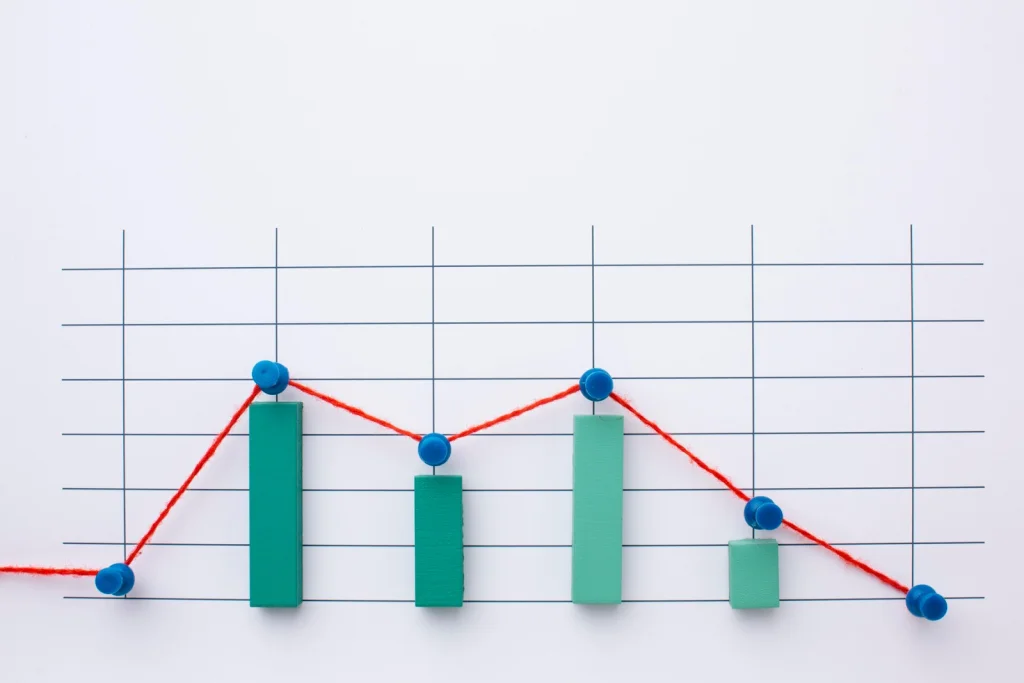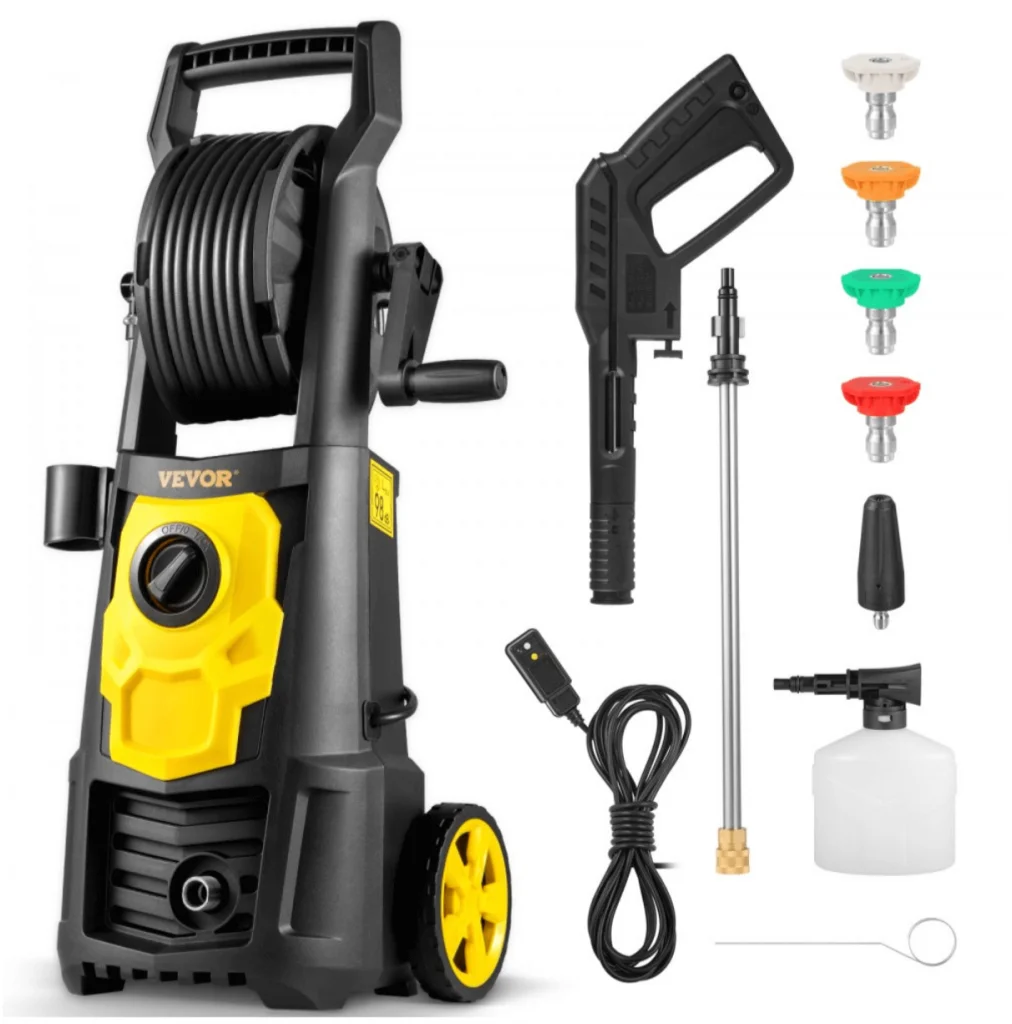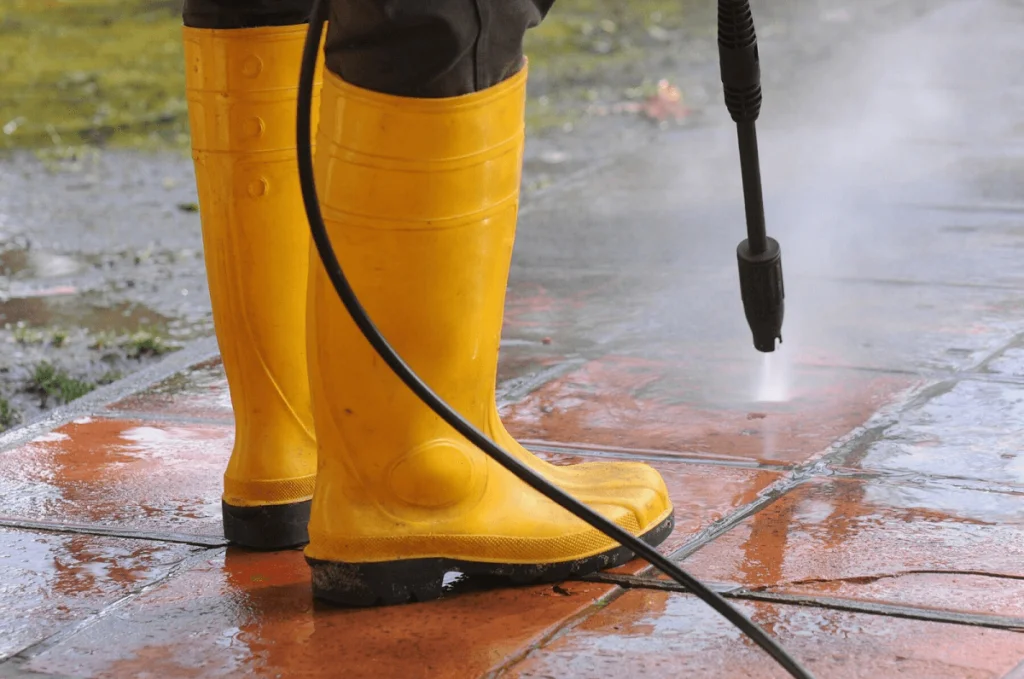Are you not sure what counts the most when considering pressure washers? While two terms are often used, GPM and PSI, it’s important for you to know which one to care about more.
Let’s get into the question of GPM vs PSI and which matters more for cleaning. We will consider the essence of these terms, the washing power you might have from a pressure washer cleaner, and which one you should utilize for various types of work. The VEVOR electric power washer contains the perfect amount of cleaning power for your pressure washer, so let’s discuss this further!
Table of contents
What are GPM and PSI?
Defining GPM (Gallons Per Minute) Explained
It is simply, how much water flow comes from the pressure washer model you are using. By and large, it also means how well the washer can rinse off dirt.
The idea here is simple: if your GPM is high, you’ll be sending more water through every minute. More water means you can rinse away stubborn gunk faster and cover larger areas efficiently. It feels like owning a powerful fire hose rather than a small garden hose. The GPM is what gives you that high-powered cleaning punch!
PSI (Pounds per Square Inch) Explained
It is “pounds per square inch,” the power behind the washing. It measures the pressure that your washer is applying. It is the high PSI that makes it possible for the water stream to cut through even the most stubborn messes and blow them away.
It may help to think about it in this way: the stronger your grip on a water bottle, the more powerful the jet it produces. That’s increasing the PSI. More PSI means more oomph to help dislodge stuck-on grime. But beware – too much PSI can potentially damage delicate surfaces if you’re not careful.
Why Comparing GPM to PSI Matters for Your Cleaning Tasks

The Relationship Between Pressure and Flow
Now that we have learned what GPM and PSI stand for, let’s discuss why it is so important to compare the two when working on your cleaning tasks. Pressure and flow act as a team, but they have different jobs.
The PSI is like the heavyweight boxer, delivering powerful jabs to break up stubborn dirt and grime. Meanwhile, the GPM acts as the sheer rinsing force, washing away all those loosened particles and leaving a sparkling clean surface behind. One without the other just wouldn’t be as effective.
How PSI and GPM Affect Cleaning Performance
It is imperative to understand the real world implications of these two factors on cleaning. As an example, suppose you will clean a concrete patio that has not been cleaned for several years . In this case, you will need high PSI to remove all of the embedded dirt and grime. In the meantime, if the water flow isn’t adequate , you will have a hard time rinsing everything. The grime might break up, but it could just resettle in dirty piles.
Alternatively, with a really high GPM and ever-increasing PSI, you might be able to wash away all surface debris fast enough but not give any attention when it comes to tough stains that stick firmly. Striking a balance ensures maximum cleaning power. and complete dirt removal.
Case Studies: The Impact on Common Cleaning Scenarios
To illustrate this concept further, let’s look at a few common cleaning scenarios:
Removing moss/algae growth from siding or roofs: You’d want a higher GPM to thoroughly rinse away those plants, roots and all. But some PSI would help dislodge them initially.
Degreasing grimy truck engines: High PSI is key for cutting through that built-up grease and oil. But you’d also need solid GPM to clear it all out.
Cleaning delicate surfaces like wood decks: Here, you’d prioritize GPM over extremely high PSI to avoid damage. The rinsing force is more important.
Then, depending on what you might be cleaning, the ideal PSI/GPM combination can differ significantly. Please take note of our differences.
Decoding the PSI vs GPM Chart for Better Understanding

Understanding these PSI to GPM chart is simple provided you know how to go about it. This is the analysis:
Reading and Interpreting the Chart
Most pressure washer charts will show you the PSI and GPM for each model. Sometimes these are listed together as “cleaning units” by multiplying the two numbers.
For example, let’s say Model A has 2000 PSI and 2.0 GPM. The cleaning units would be 2000 x 2.0 = 4000.
Meanwhile, Model B could have 3000 PSI but only 1.5 GPM, which gives you 4500 cleaning units.
So Model B has higher PSI for blasting power, while Model A has more rinsing flow with its higher GPM.
Practical Examples of Chart Applications
If you need to clean your vinyl siding, you’d probably want a balance of moderate PSI to dislodge dirt and high GPM to rinse it all away without damaging the siding. Looking at the chart, maybe a model with 2500 PSI and 2.2 GPM (giving you 5500 cleaning units) would be ideal.
But for stripping paint off brick, you might prioritize super high PSI over GPM since rinsing ability matters less. So perhaps 4000 PSI at 1.8 GPM would be better.
Using these simple charts, you can start matching the right machine to the job!
GPM vs PSI, Which is More Important?

Factors to Consider When Choosing Between PSI and GPM
Now, we’ve covered a huge amount of ground so far, starting from defining GPM and PSI, to understanding their interaction in cleaning. However, when choosing a pressure washer at the end of the day, which one matters more?
Like many things in life, it depends! There are some key factors you should consider:
- Surface type – Are you cleaning something delicate like wood or tough like concrete? Delicate surfaces need lower PSI to avoid damage.
- Cleaning challenge – Stuck-on grease and gunk calls for high PSI, while surface grime just needs solid rinsing GPM.
- Area size – Higher GPM is very handy for big areas like driveways so you can cover more ground faster.
- Access to water – If you’re in an area with limited water supply, a low GPM (but decent PSI) model could be wise.
Expert Opinions and Industry Standards
According to the pros, for most general residential cleaning jobs like siding, decks, patios, etc., prioritizing GPM over super high PSI is usually recommended. The faster rinsing ability is key.
However, for heavy-duty degreasing, paint removal, and other intensive tasks, PSI becomes more crucial to provide that serious blasting power.
Many experts suggest looking for machines with a minimum 2000-3000 PSI but aiming for 2.5 GPM or higher for a solid balance of performance and efficiency.
At the end of the day, though, your specific needs should guide which factor (PSI or GPM) takes priority. Don’t just go for the biggest numbers – analyze what you’ll actually be using the washer for most often.
How to Maximize Efficiency Using the Right PSI and GPM Settings
Tips and Tricks for Optimal Settings
So now that you understand the importance of that magical PSI/GPM balance, how can you be sure you’re getting the most bang for your buck? Here are some pro tips for maximizing efficiency:
- Adjust pressure based on the job – Most quality pressure washers let you decrease PSI for delicate jobs if needed. Use only what you require to avoid damaging surfaces.
- Increase distance for fragile areas – When cleaning something like car paint or windows, stand further back and use the washer’s fan spray nozzle to disperse the force.
- Start with lower settings – For any new cleaning task, begin at the lowest PSI and GPM levels. You can always increase if needed, but it’s better to be gentle first.
- Use the right nozzles – Different nozzles disperse the water flow in unique patterns. Match the nozzle to the cleaning area for best results.
Keeping Your Pressure Washer Pristine to Ensure Peak Performance
Pressure cleaning units might have the best PSI and GPM even, but if you don’t take proper care of them they won’t do their job as expected. Be sure to:
- Change filters regularly to allow full water flow.
- Apply pump oil as directed to lubricate internal components.
- Use the recommended detergents to avoid damaging the machine.
- Flush the system after each use to clear any residual gunk.
With some simple maintenance, you’ll keep those all-important PSI and GPM levels in tip-top shape!
The VEVOR Electric Power Washer: Your Best Choice

Overview of Features and Specifications
After gaining a full understanding of GPM, PSI, and their application, the next subject to discuss is why the VEVOR electric power washer remains a top choice. Basically, the machine offers a perfect blend of advantages.
To begin with, it comes with a powerful 1800W brushless motor that can deliver 3000 PSI – suitable for tough assignments. At the same time, it has a 2.1 GPM flow rate which makes its rinsing action quite high.
How VEVOR Models Compare in Terms of PSI and GPM
When you look at the specs for VEVOR’s power washers, you’ll see they outperform many competitors in this key area of PSI vs GPM balance.
Some models offer a premium 3800 PSI but keep GPM at a reasonable 2.0 for controlled cleaning. Others prioritize GPM at 2.5 while maintaining a respectable 2030 PSI.
There are options to fit every need – whether you require extreme pressure for industrial degreasing or maximum rinsing volume for huge exterior surfaces.
Real-World Applications and Results
However, you need to experience our products before you believe. VEVOR has a myriad of satisfied customers who talk about the incredible achievements they have had, such as rejuvenating decks that are ten years old and getting rid of paint on old farmhouse blinds.
With the ability to perfectly calibrate pressure and flow, you can clean virtually any surface without damage. VEVOR restores concrete, brick, vinyl, and wood to like-new conditions.
FAQs
Q: Are Higher GPM and PSI Always Better?
A: Not necessarily. Higher GPM provides better rinsing ability while higher PSI increases blasting force. But too much of either can potentially damage some surfaces. The key is finding the right balance for the job.
Q: What to Do If the PSI Is Too High or Too Low?
A: If the PSI seems too high for a delicate surface, decrease it using the pressure adjustment. If it’s too low to dislodge stuck-on grime, stand closer to the surface. For low GPM issues, ensure no blockages and consider using a different nozzle.
Q: What are some Maintenance Tips to Keep GPM and PSI at Peak Levels
A: Change filters regularly, lubricate pumps, use recommended detergents, and flush after use. This allows proper water flow and pressure while preventing residue buildup.
Summary
There you have it – everything you need to know about those crucial PSI and GPM numbers when it comes to pressure washing prowess. Ratcheting up that raw PSI is great for blasting through the most stubborn crud. But don’t underestimate the power of high GPM flow to just rinse that gunk away like it was never there.
The real key? Finding that perfect middle ground – the PSI/GPM balance that maximizes cleaning efficiency without causing any surface damage. Having the incredible VEVOR electric power washer at your fingertips makes it easier than ever to get those settings dialed in.
What are you waiting for? Stop guessing and stressing about PSI vs GPM. Trust in VEVOR’s superior performance, and get ready to breathe new life into all your grimiest areas. Check out their full line of washers today!





